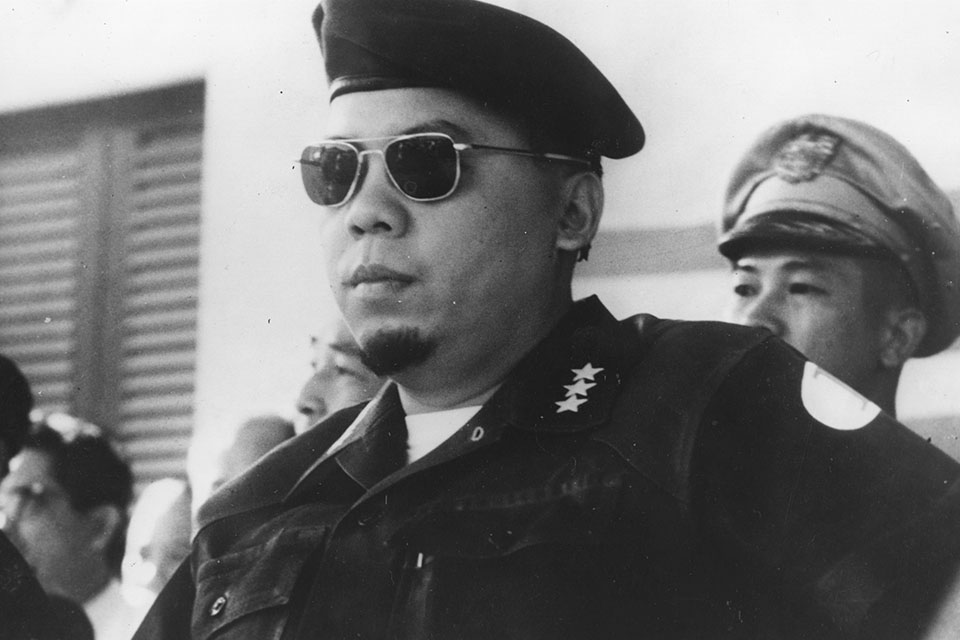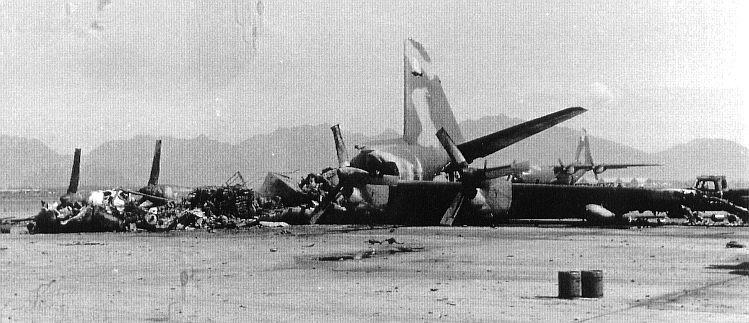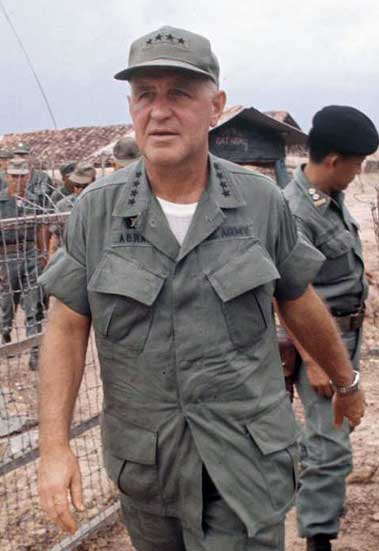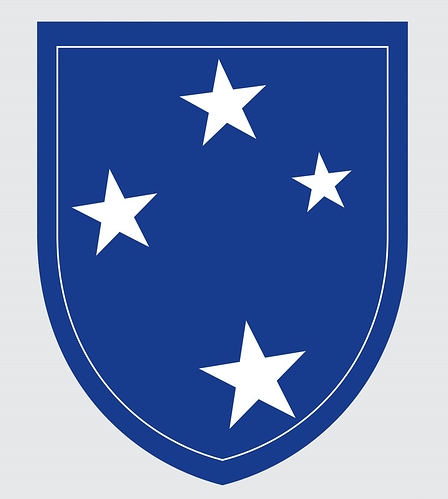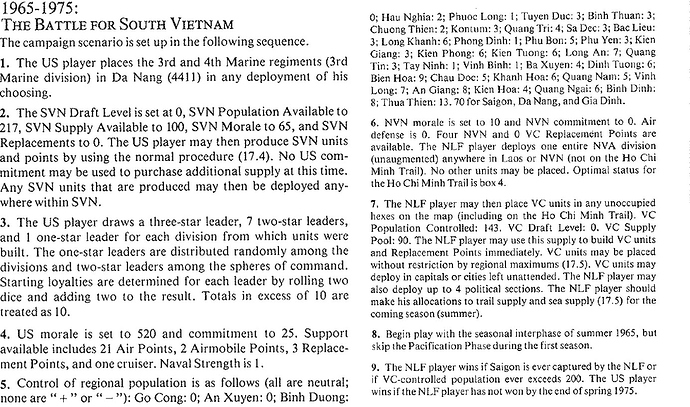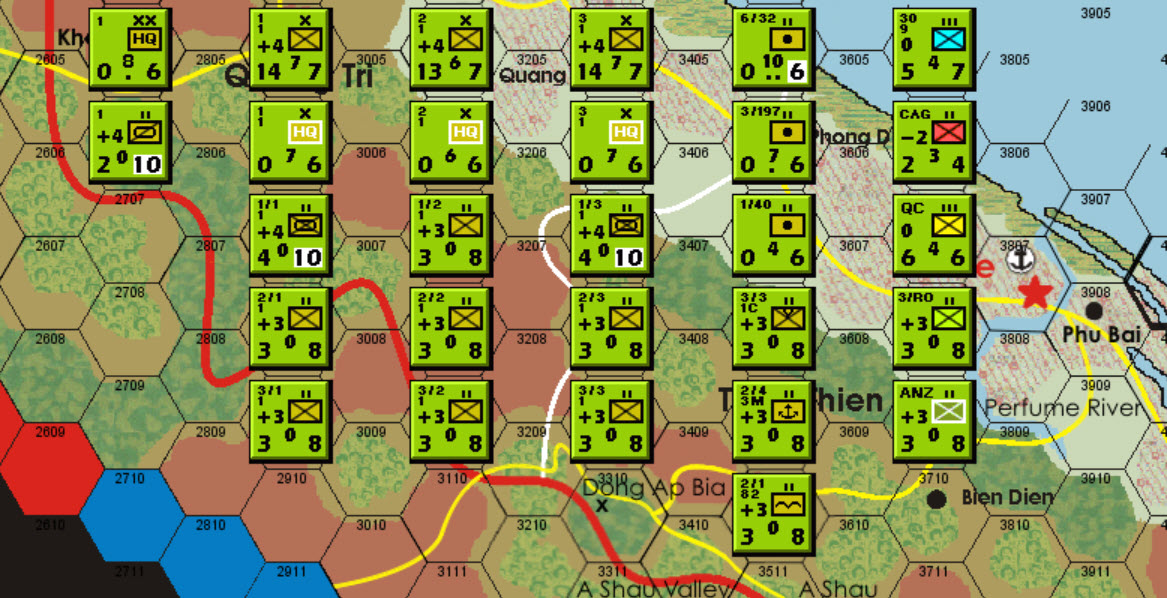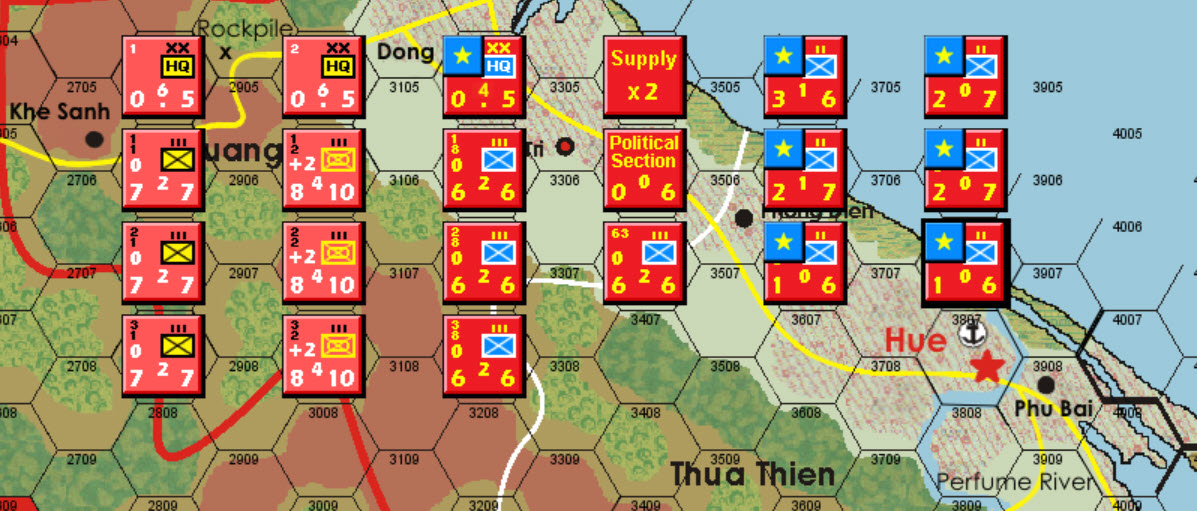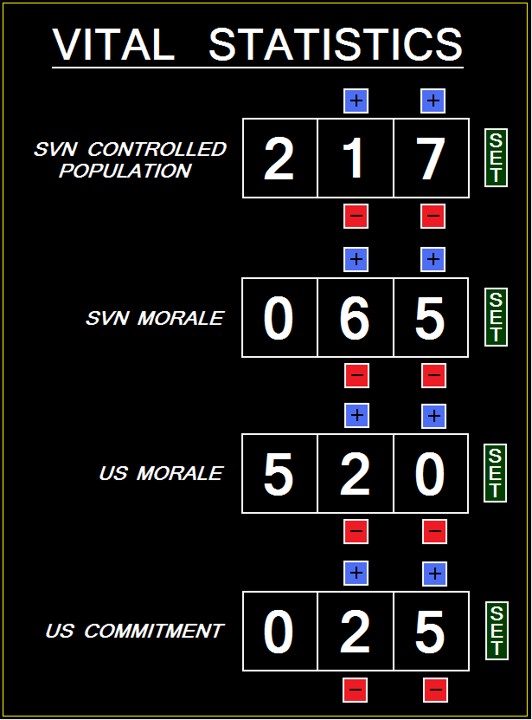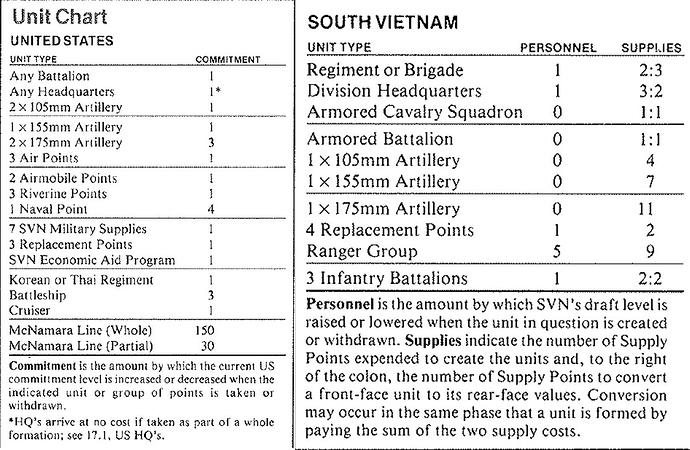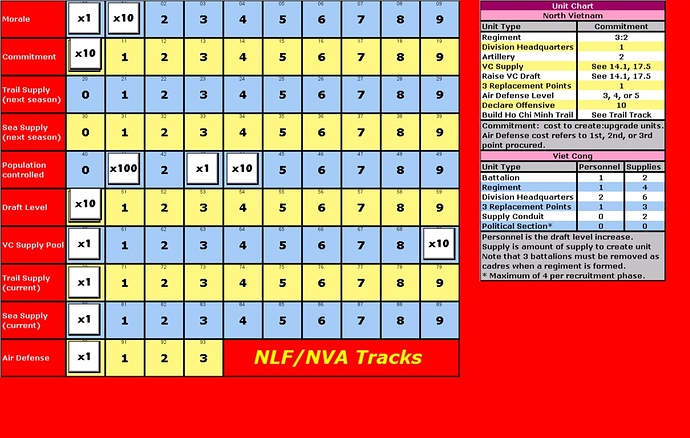Nowhere to Run
Vietnam 1965-1975
1965 Spring Politics, Policy, Plans & Contingencies, Exposition
“I know you’re no good for me, but you’ve become a part of me. How can I fight a lover, that shouldn’t be, when it’s so deep.”
Please hit play before reading and turn to the maximum volume your brain or household will allow.
Martha and the Vandellas. “Nowhere to Run”, Gordy. February 10, 1965
Politics and Policy
As 1965 arrived, South Vietnam continued to unravel. When General Nguyễn Khánh, head of the Armed Forces Council, overthrew the current Prime Minister in response to continued Buddhist unrest, it was the fifth military coup or attempted coup since the downfall of Diem in late 1963. In response to the coup, National Security Council director McGeorge Bundy and Secretary of State Robert McNamara wrote a memo to President Johnson. They gave the President two options: use American military power to defeat the insurgency or negotiate thus attempting to "salvage what little can be preserved." Bundy and McNamara favored the first option; Secretary of State Dean Rusk disagreed. Johnson accepted the military option and sent a telegram to Ambassador Taylor in Saigon saying, "the U.S. will spare no effort and no sacrifice in doing its full part to turn back the Communists in Vietnam."
NLF military efforts and terrorist attacks continued with the Attack on Camp Holloway in February finally leading to US Airstrikes on North Vietnam, airstrikes that would be expanded and continued as the year wore on. Finally, in late February, concerns about attacks on US airbases in Da Nang, led General Abrams, the MACV Commander, to request the deployment of elements of the III Marine Amphibious Force (MAF-3rd Marine Division) in Okinawa to Da Nang to ensure that no attacks occur, or that they would be repelled.
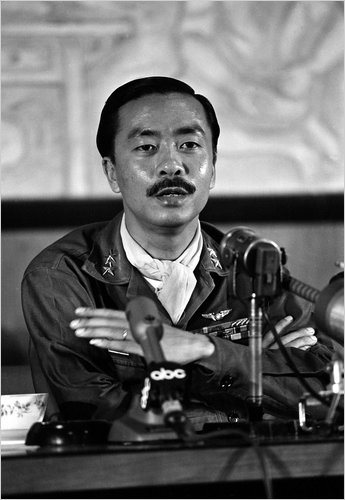
In late-February, General Khan was overthrown by a vote of no confidence by the Armed Forces council (a Junta of ARVN Military Generals) after another coup attempt. After deliberations, Nguyễn Văn Thiệu was named President (Head of State, a relatively powerless position) and Nguyễn Cao Kỳ was named Prime Minister (Head of Government, and in charge of almost all policy and military decisions). This gave Washington hopes, at least of finally having a stable government running the Republic of Vietnam, one that it could work with, but the military situation was precarious.
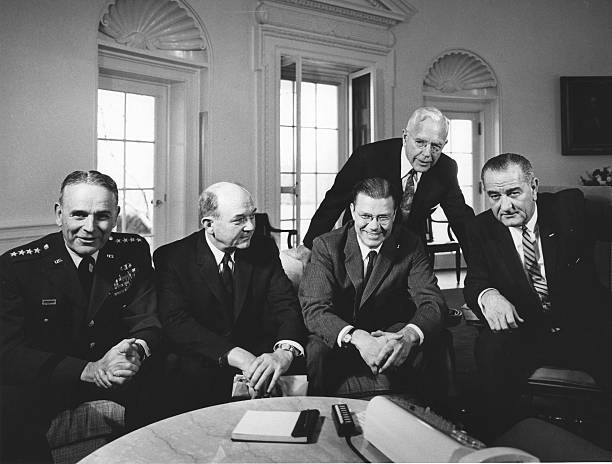
On March 26, General Abrams said in a report to Washington that the South Vietnamese armed forces had "begun to show evidence of fragmentation and there is no longer an effective chain of command”. He departed for Washington D.C. the next day for meetings with Secretary McNamara, Ambassador Taylor, and the Joint Chiefs of Staff to determine exactly what was to be done regarding South Vietnam, and the President’s directive to use the military option.
As General Abrams boarded his plane in Saigon, he had one plan with three contingencies in his briefcase, that he had been working on with US Pacific Command and General Johnson, the Army Chief of Staff, that they would present at the meeting. Nothing in war is certain, he’d learned that first hand in France. But this plan might, just might have a chance of turning this thing around.
Plans and Contingencies
Operation Freedom Partner is the overall concept.
Lines of Effort:
- Partner - The plan calls for an intensive expansion of the ARVN Military. Abrams knows that the ARVN Chief of Staff is outstanding and the I and IV Corps Commanders are good. As well, there are good division commanders in 1 ARVN Division, 22 ARVN Division, 23 ARVN Division, 25 ARVN Division, and the ARVN Marine and Parachute Divisions. These must be expanded and augmented with the latest military equipment.
- US Focus - US Ground Troops are needed to deter NVA aggression in the north, but also to aid the ARVN in degrading Viet Cong Capabilities in the South. However, after degrading capabilities and clearing regional areas, ARVN forces, with limited US Combat assistance, must keep areas cleared of Viet Cong. So, the ARVN Leadership must continue to be reformed and ARVN Forces expanded. As well, One Corps, possibly two at the most, of US Ground Forces will be committed to country, with one Corps being the “Steady State” presence to aid the ARVN after the current emergency is dealt with and the ARVN reach full capacity.
- Clearing - The Operation will begin with a defensive US Presence in the North and Central Highlands, but the commitment of the 101st Airborne (Airmobile) Division to IV Corps along with three Augmented ARVN Divisions there. One Division will be Augmented in I Corps along with a US Mechanized Brigade (1/5th Infantry Division) that will be arriving in Da Nang, replacing the Marines there who will re-deploy back to Okinawa. The 173rd Airborne Brigade (Separate), another Airmobile trained and equipped element, will deploy to II Corps from Okinawa, where is has been training for Airmobile Warfare. Finally, the ARVN Marine and Parachute Divisions will be expanded and augmented in the Saigon area to protect it from VC attacks, but also to engage in operations in III Corps as the year moves on.
- Follow on Forces - for the US “Clearing Elements” will be the 1st Air Cavalry Division.
- Holding and Overwatch – After IV Corps is cleared, the 101 Airborne Division, the 1st Air Cavalry Division and the 173rd will move to clear other areas of the country. A Light Infantry Division will be formed from three Light Infantry Brigades in the United States, and formed into the 23rd Infantry Division, “Americal”. This until will continue a presence in the North, aiding and providing overwatch to ARVN operations, and facing down attempts by the NVA to launch an attack there. The US Navy will prepare the I Marine Amphibious Force (1 Marine Division) for Operations in Vietnam and will eventually assume the Hold and Overwatch mission in IV Corps. By that time, the Clearing Force (I Field Force, Vietnam) should be limiting its operations to II and III Corps.
Army Reorganization and Activation for Holding and Overwatch:
The 197th Infantry Brigade, consists of a composite artillery battalion (105 mm and 155-mm howitzers and Honest Johns), an armor battalion, a mechanized infantry battalion, two infantry battalions. It is ordered from Fort Benning, GA to Fort Ord, CA…
The 11th Infantry Brigade (at Schofield Barracks, Hawaii) is ordered to prepare for deployment to South Vietnam.
The 196th Infantry Brigade is ordered to Fort Irwin, CA from its current home at Fort Devens, MA.
The 11th Airborne Division will be formed with it’s base headquarters as Fort Benning, Ga.
US Army Active Duty personnel and 4 Artillery Battalions (2 of 155mm and 2 of 175mm) are sent to Fort Irwin, CA and the US 23rd Infantry Division (“Americal”) is stood up there, though at present it still lacks any maneuver Brigades.
- Support – Large amounts of US Artillery, Airpower and Helicopter support will be deployed to Vietnam to support these operations. The US Navy will endeavor to provide Riverine support in IV Corps to the ARVN and 1st Marine Division there. 5th Special Forces Group will deploy en masse to Vietnam, and full expansion of ARVN Ranger and Special Forces will occur soonest.
- Sustainment – The Draft Call will be expanded for only 180 days. Three National Guard/Reserve Divisions will be called up to provide a “bridge” of battalions for the Overwatch and Deterrent forces in 1966. This will be a long war, better to rotate units in and out of theater to sustain operations by deployed Divisions rather than replace individual soldiers. The Marines will do the same with II and III MAF units in Okinawa and Stateside rotating under I MAF’s command. As well, a cadre of the 1st Air Cavalry will continue as the 11 Airborne (Airmobile) Division at Fort Benning, GA to have Airmobile trained units ready to rotate into theater.
Guard and Reserve Activations for Holding and Overwatch and Sustainment:
36th and 71st Airborne Brigades (TX NG) (to Okinawa, Japan) – These units will begin training in Airmobile Tactics and made ready for deployment to South Vietnam. Estimated Time on Active Duty – 18 Months.
30th Infantry Division (NC NG) (to Fort Benning, GA) - This Division will be held as a US Strategic Reserve, replacing the 1st Air Cavalry Division until the Draft can allow another US Active Duty Division to be mustered. Estimated time on Active Duty – One Year.
37th Infantry Division (OH NG) (to Fort Campbell, KY) - This Division will be held as a US Strategic Reserve, replacing the 101st Airborne Division. Estimated time on Active Duty – One Year.
63d Infantry Division (Army Reserve Division encompassing Army Reserve units in Southern California, Arizona, and Nevada.) (to Fort Irwin, CA) – This division will prepare units for rotation to South Vietnam in the next 60 days. Estimated Time on Active Duty – 18 Months.
There are three Contingencies for Freedom Partner.
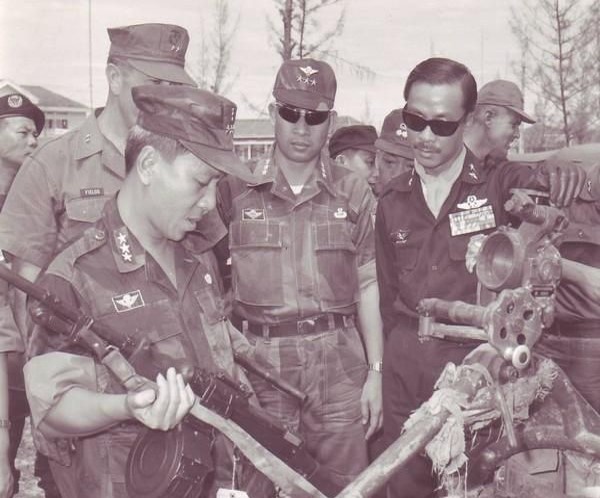
Band Sapphire is the draft code name for the above and assumes a stable South Vietnamese government.
Better Silver is the draft code name for a contingency that deals with an unstable South Vietnamese Government. It is similar to the above, but increases the US Forces and decreases the ARVN Expansion at this early point.
Best Bauble is the contingency for an Unstable South Vietnamese Government or a Coup, coupled with a Communist Offensive. This involves committing the US Army’s Strategic Reserve from the continental United States (The 1st, 4th, and 25th Infantry Divisions). This is a “use only in emergencies” contingency.
Exposition
Take a breath, get up, stretch, get a drink, and then please hit play before reading and turn to the maximum volume your brain or household will allow.
James Brown. “Papa’s Got a Brand New Bag”, King. June 1965
These are the parameters of the Campaign Game.
This is how you win (or “win”).
This is the terrain chart.
Oh, on all counters the strengths are Ground Strength, Firepower/Artillery Strength and movement. The little number to the left of the Unit Designation in italics is the pursuit value of a unit. Oh, and the units with white boxes on their movement values are Heavy Equipment/Armored/Mechanized and can’t be “Airmobilized”. Don’t worry about all these things too much now, we’ll talk more about that another time.
This is an example smattering of US Units.
From Left to Right: the first four rows are a typical US Division (the 1st Infantry Division in this case). The HQ and Divisional assets followed by the three Brigades. The Brigades have three deployment profiles. At the top you see the unit as a Brigade. This rarely is utilized. Below that you see the Brigade HQ and three Battalions. This is the most usual deployment profile use by the US in the game. There is a third, parceling out the Brigade Artillery to the Battalions, but it is rarely used too. The fifth row are some other US Unit Types. Going down; a 175mm Independent Arty BN, Independent 155mm Arty BN and a Independent 105 mm Arty BN. The Artillery have ranges varying from adjacent (no dots) to three hexes (two dots). The dots are the number of hexes they can fire over.
Continuing, we have an Airmobile battalion, a Marine Battalion and an Airborne Battalion. The Airmobile Battalion (and it’s parent HQs) are permanently Airmobile. The move at a cost of ½ a Movement point per hex (with some weirdness for landing that we’ll talk about another time). The Airborne units use their feet; there were no airdrops in Vietnam. But any infantry unit can be Airmobilized at the cost of one point per Battalion. They come from a pool you purchase. Then they can move just like that Airmobile unit. The US is VERY mobile in this game
The last row are some example Free World Allied units. From top to bottom; South Korean, Philippines, Thailand, Australia and the ANZAC Battalion.
These are NLF units.
You see in the first row an NVA division, Unaugmented. Next an NVA Division, Augmented. They all look like that. The NVA also have independent Regiments that look like those 7-2-7’s but are 7-3-7’s.
The third row is a VC Division (yep, they had ’em). Bear in mind with ALL VC units, the US player just sees a blue counter with a yellow star.
Next row you see a Supply Conduit (more later), a Political Section (a decoy essentially, but they hurt pacification in a province just like any combat unit and inhibit enemy movement like a regular unit). Finally there is a VC Independent Regiment.
Lastly there are some examples of VC Battalions, the meat and potatoes of the VC forces. They are all randomized, there are more combinations of values similar to those you see in the force pool. When deploying them the NLF player grabs them at random and places them before seeing what they look like. He just knows it’s a Battalion. This creates a lot of variation in what the NLF player plans to do and what he ends up doing. Oh, and those little blue squares with the yellow stars? Those tell you in the Vassal Module, as the NLF Player that your unit is hidden.
Here we see ARVN Unit types.
The first two rows are typical divisions, unagmented and augmented. Next two rows are, going down, an Independent Armored Cavalry Battalion, an Independent Armored Battalion and an Independent Infantry Battalion, one row is unaugmented and the next augmented.
The last row has, going top to bottom, an ARVN Ranger Battalion (they are special, there are only five, but you can get from 0-5, if they are all built, added to any Search and Destroy Operation). And then you see an ARVN 105mm, 155mm and 175mm Artillery Battalion. They can’t be augmented, they are what they are. Firepower.
Vital Statistics
This is what I start at.
The first thing about this game that drives everything are two values. Commitment and Morale. US Commitment can never exceed US Morale. Same for North Vietnamese Commitment and Morale. Everything action involving; sending troops or supplies into Vietnam, Bombing the North, Invading Laos or Cambodia, costs Commitment or incurs a Morale penalty.
Morale is also impacted by new commitment, South Vietnamese Coups, NLF Battlefield successes…darn near everything.
South Vietnamese Morale goes up when the US commits herself to the war, provides aid, bombs the North. It goes down when bad things happen. South Vietnamese Morale being high is VERY important to pacification and population control and being low is VERY harmful.
The North Vietnamese Morale…just goes up.
VC have no morale, but all their “stuff” comes in the form of supply (bought with North Vietnamese Commitment) that is sent down the Ho Chi Minh Trail or via Sea Supply. And it can be interdicted and degraded while doing that. Also, the South Vietnamese and the VC need Manpower (using controlled population) to build their stuff as well as Supply (South Vietnamese supply comes from…US Commitment). But the South Vietnamese, when they run out of manpower, can’t build a thing anymore unless controlled population increases. The VC can also get Manpower (bought with North Vietnamese Commitment, again) and send that down the Trail.
These are the Build charts.
FWA
NLF
Oh, and all the US Commitment and Supply Decisions occur publicly. The NLF decisions are secret. You can kinda figure out what the NLF Morale and Commitment levels might be, but you are never sure.
The NLF “Politburo”, inaccessible to the FWA Player.
I think that’s enough for now. Just get the basics out of this. We’ll dive into the details later.
